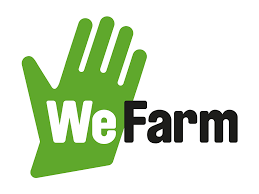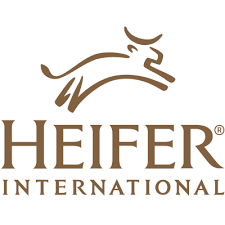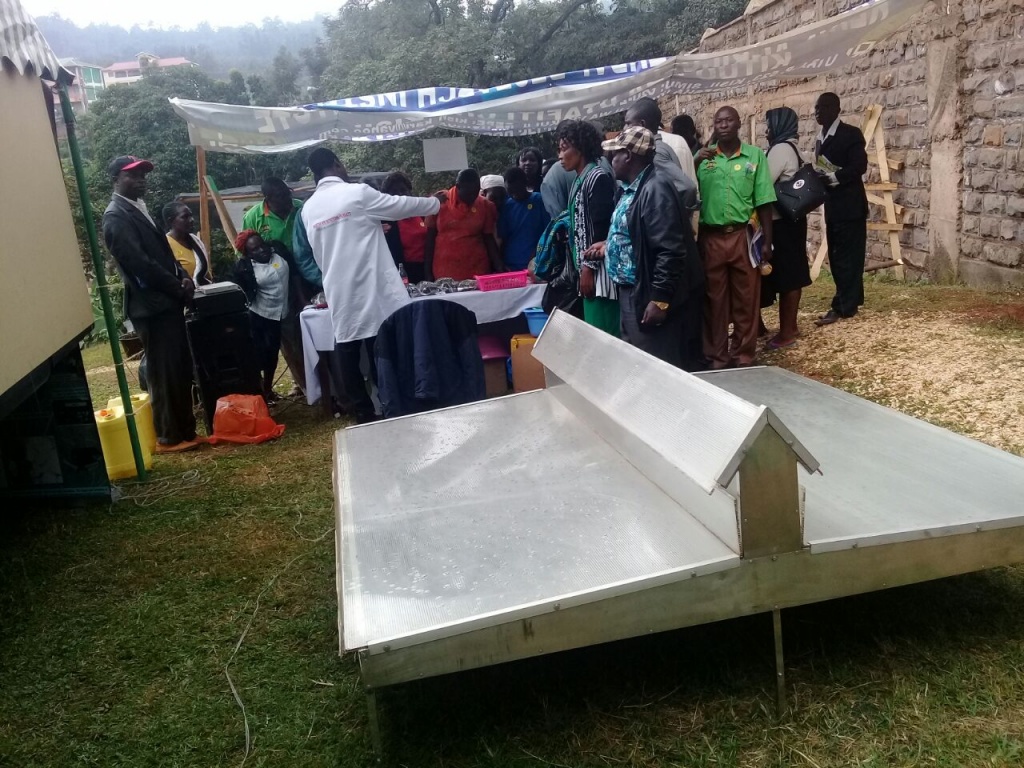- Hits: 6581
Kenyan Farmers to get connected to the World’s Largest Peer-to-Peer Farmer Knowledge Sharing Network


WeFarm, the world’s largest farmer-to-farmer knowledge sharing network, today announced that it has partnered with Heifer International, a nonprofit working to end hunger and poverty with sustainable agriculture and entrepreneurship, to bring the benefits of WeFarm’s service to farmers. WeFarm’s network operates both online and over SMS, ensuring maximum reach for offline communities.
The partnership which utilises latest mobile and machine learning technology to support farmer innovation will be targeting dairy farmers in Nakuru County, will utilize WeFarm’s technology to enable farmers to access and exchange timely and tailored information relating to farming challenges, best practices and crop and livestock diversification.
Mary Wanyutu, a livestock farmer and Heifer project participant from Nakuru, welcomed the innovation as a way of empowering farmers. “It is great because when I ask a question, the responses from other farmers on the network are fast and very informative,” said Ms Wanyutu.
READ ALSO: Nakuru hay farmer commended by UK
READ ALSO: Nakuru farmer increases milk production by letting cows watch TV
READ ALSO: Nakuru’s smallholder farmer doubles yields growing crops organically
The farmers working with Heifer will be joining over 240,000 other farmers around the world who are already sharing vital information on WeFarm. The partnership will further enable Heifer to scale the impact and reach of their training and capability-building programs by expanding peer-to-peer support and providing regular SMS communication and insights into on the ground activities and key issues facing farmers.
Said Kenny Ewan, CEO of WeFarm, “This partnership with Heifer is very important to WeFarm. Our mutual belief in the value of peer-to-peer knowledge and shared commitment to creating sustainable initiatives for farmers through the latest technologies – are sure to produce great results. We look forward to working with the entire Heifer Kenya team”.
“Like anyone in business, the farmers Heifer works with need accurate, timely information that empowers them to make smart decisions about prices, markets, investments and other key factors that determine their prosperity,” said George Odhiambo, country director for Heifer in Kenya. “WeFarm provides access to this vital information and also connects the farmers to a global community that shares advice and other guidance that will help them thrive.”
Write comment (0 Comments)

















